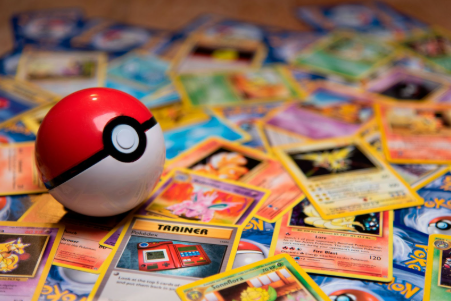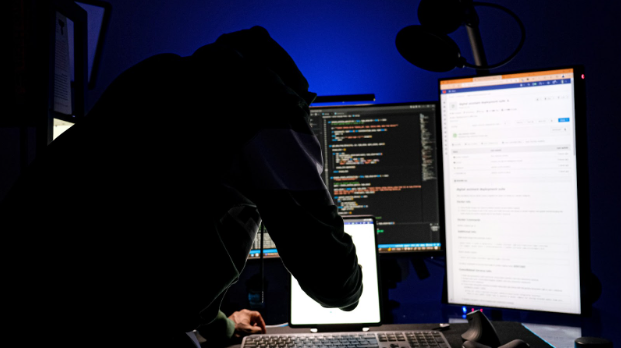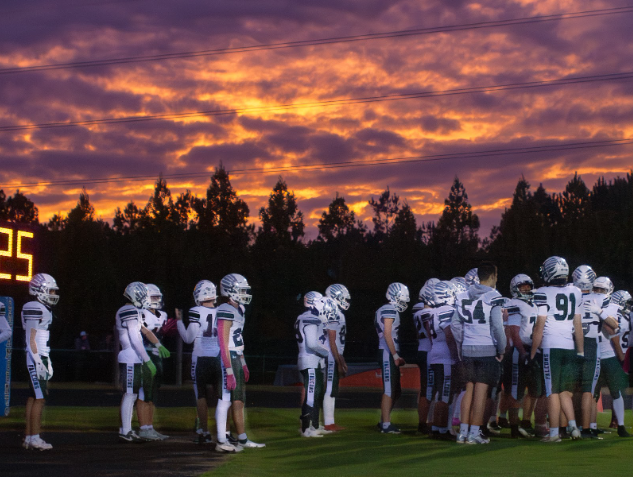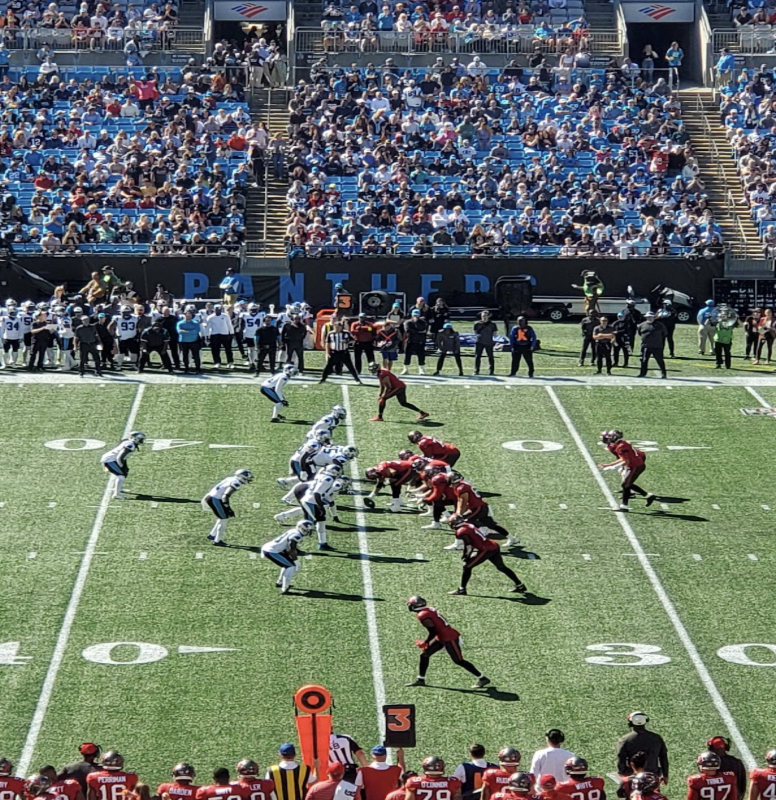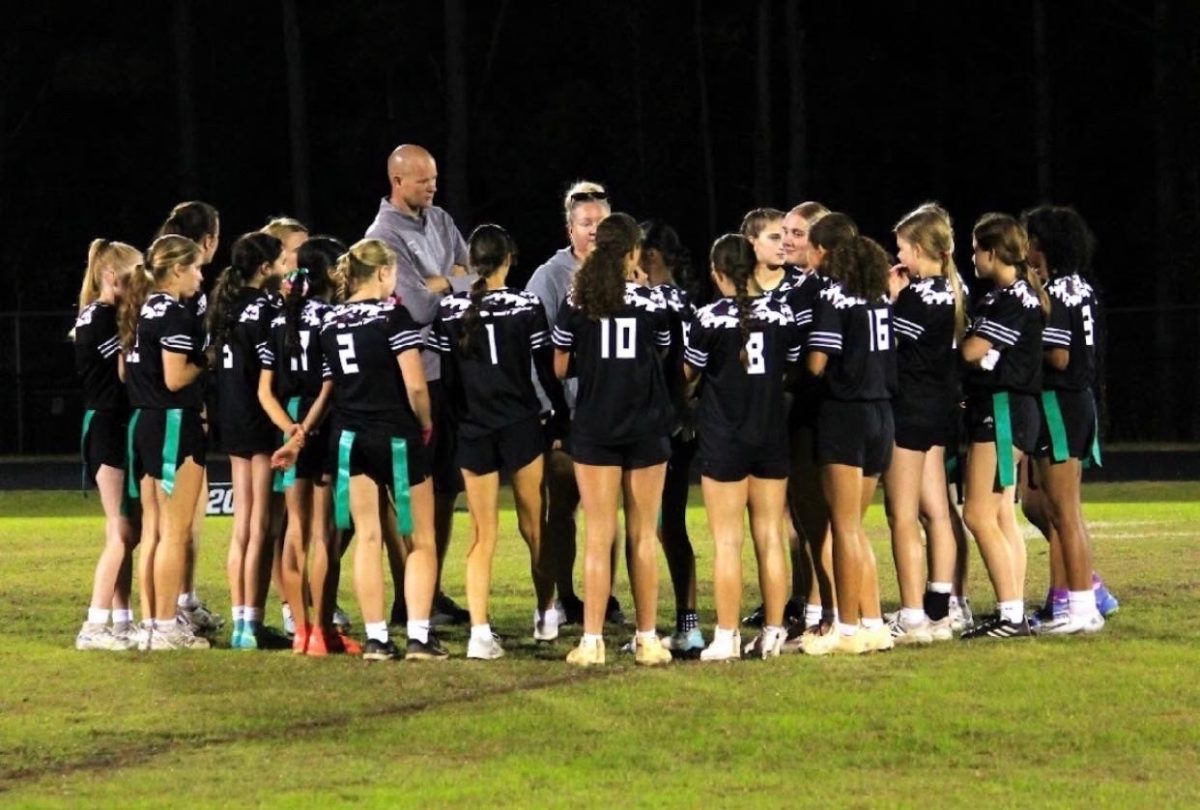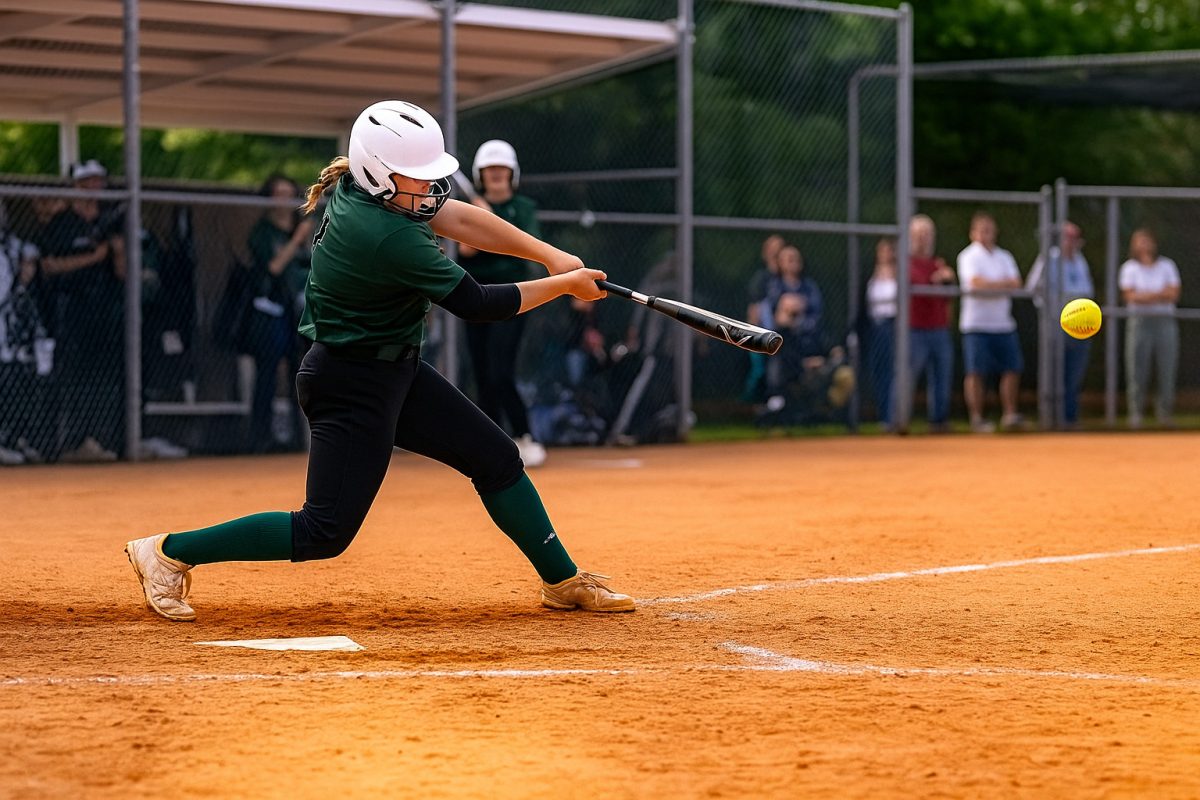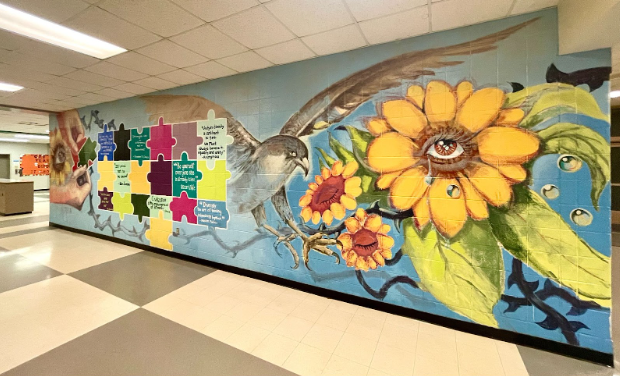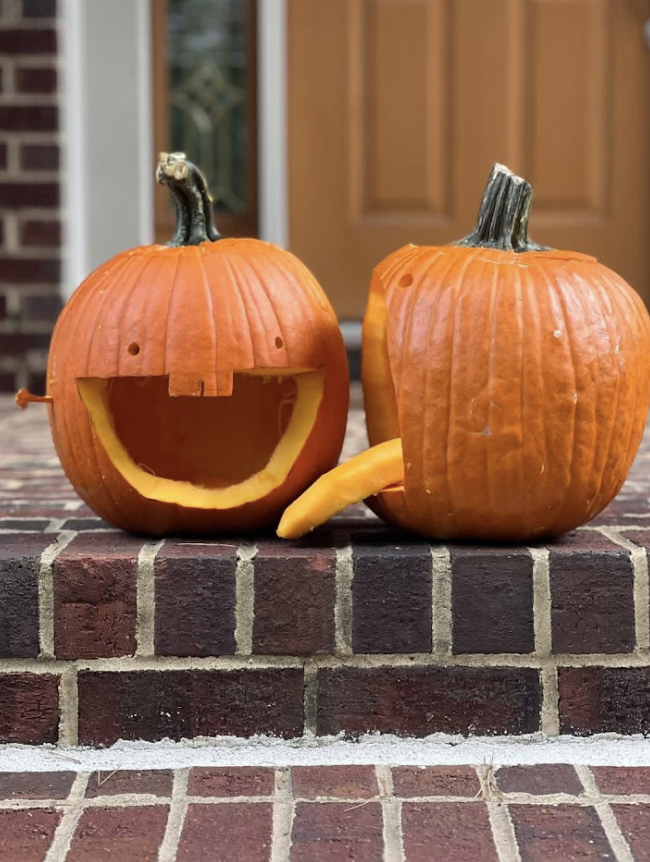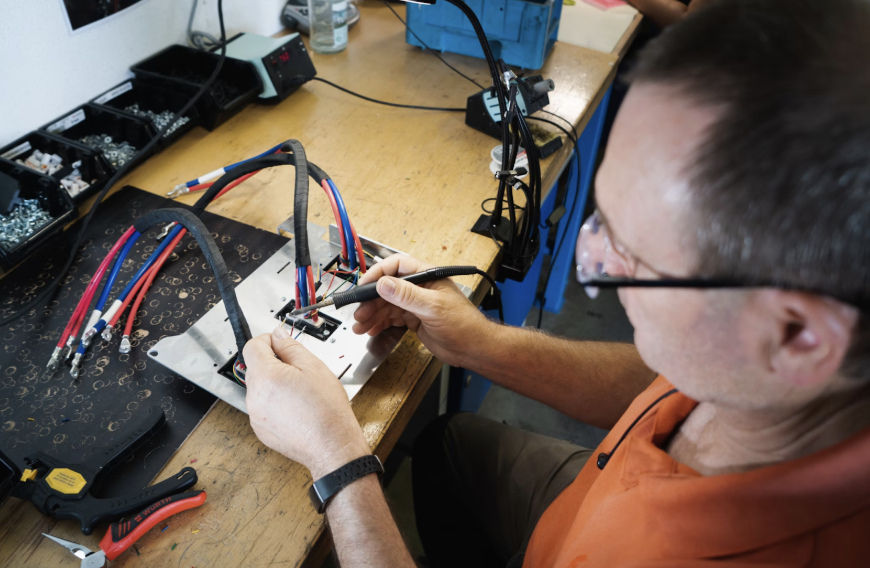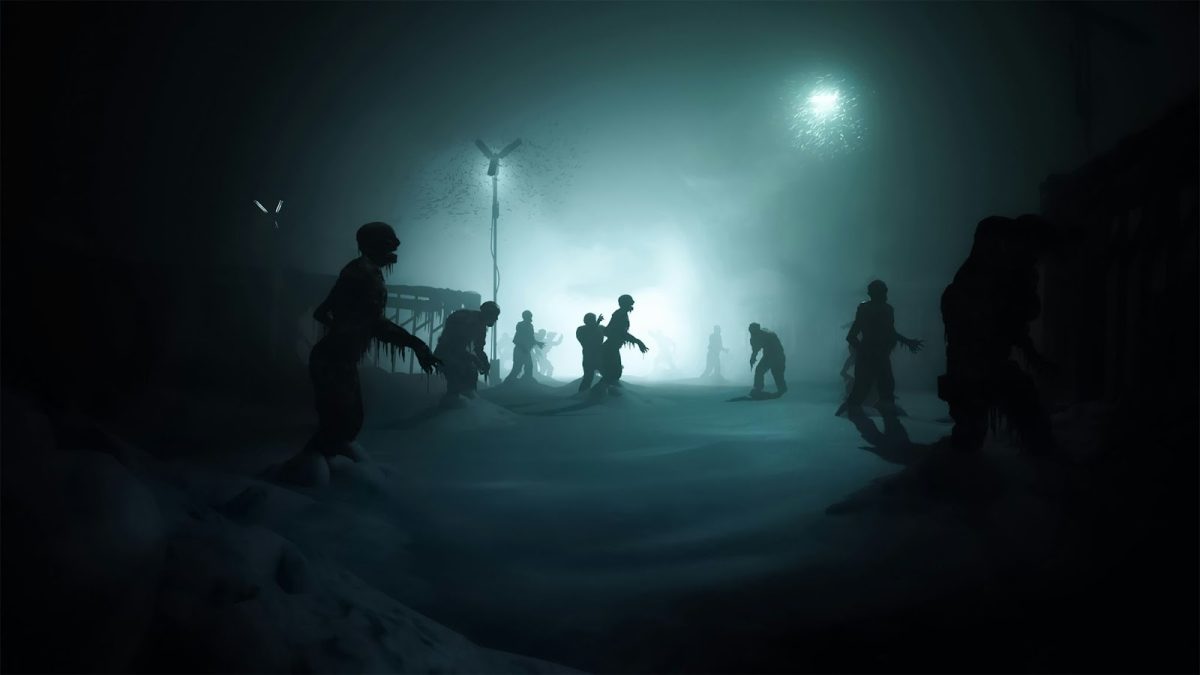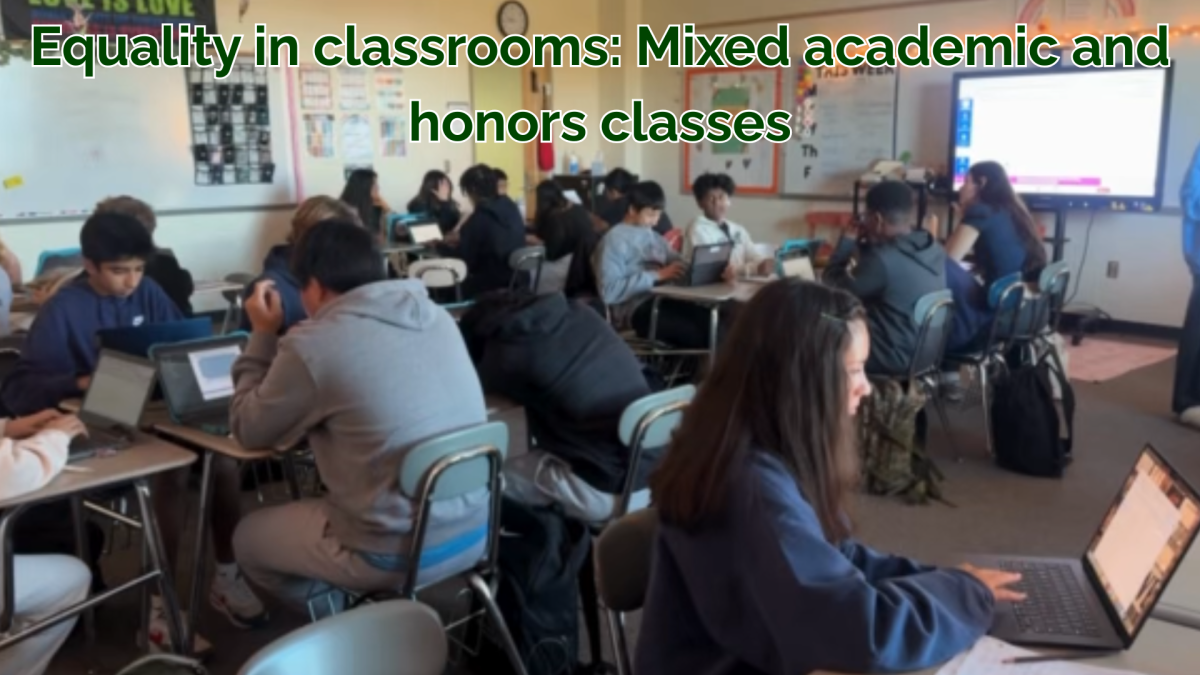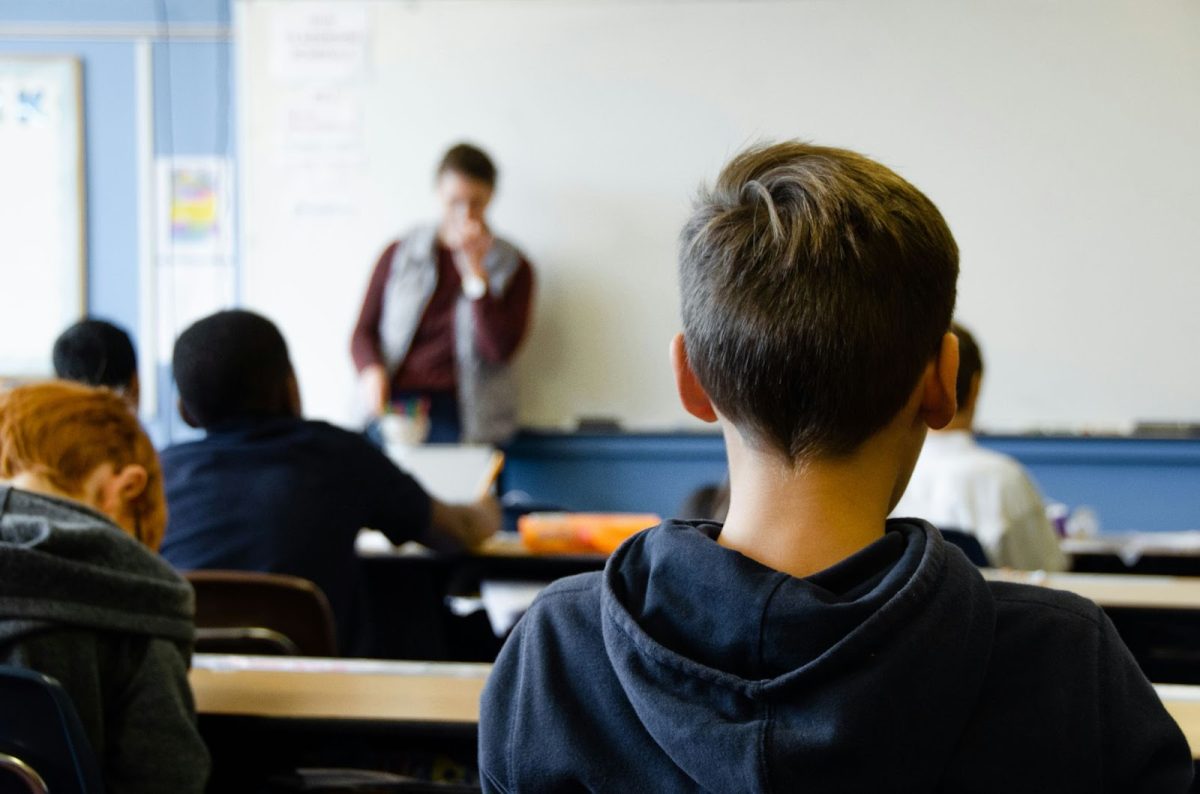School shootings are plaguing the United States. Over the past sixteen years, there have been over 600 recorded shootings, with at least 50 in this year alone. There are countless schools trying to come up with solutions to tackle this problem. Some go to the root of the issue by limiting gun usage, but with backlash from millions of Americans, it isn’t something that can be solved as simply as adding a new policy. School is meant to be a safe space for students to collaborate and learn from their teachers and peers, but with threats of school shootings, schools have to resort to other strategies to protect students and teachers.
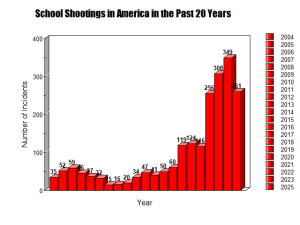
Bullying and spite are two of the top reasons why students cause school shootings– a study from Alfred University confirmed that 87% to 86% of students have agreed to this being a key factor. According to Alfred, gender can also affect why they choose to attack a school, with the top ranked reason among boys was spite, while for girls it was bullying. Even when considering this, there could be a multitude of possibilities why a student decides to attack a school, and in some cases where the assailant commits suicide after, there can never be a specific reason given.
School shootings are more often than not attributed to some sort of bullying, whether it be mental or physical. Bullying can lead to a decline in mental health, which can lead to either anger or depression. Eventually, this lead to the victims becoming suicidal or acting out on their anger. In some cases, victims have chosen the latter, projecting the violence back into their environments.
The FBI has tried to approach this subject by identifying the next shooter by developing a “profile” of the typical shooter. At first glance, it could appear to be an obvious measure, but applying a concrete checklist of potential warning signs could negatively impact certain students. Non-violent students could end up being the object of scorn and hate among peers if the list were to be publicized, and innocent students could be categorized and included in the list. Regardless, with the threat of school shootings on the rise, some form of immediate action or security precautions is wanted from the public.
State governments have worked tirelessly to try and contain this issue. A solution brought about was applying bulletproof materials inside of classrooms throughout the school. This has already been implemented in some states across the country. “Specified windows and doors must be covered in either bullet proof or riot proof laminate as specified.” This is an excerpt from bill HB 1761, which was passed in Missouri. The bill required schools to have bulletproofing on doors and windows across the school to protect from potential attacks. An Alabama elementary school has also installed 8x8ft bulletproof whiteboards that unfold from the wall into a safe room, where they can hide from potential attackers. The room can hold around 60 elementary school students and can be formed in about ten seconds during an attack. North Carolina, in Iredell county elementary schools, back in 2018, have issued portable ballistic shields across the elementary schools in the country. The local sheriff’s office will be using money that has been confiscated from convicted felons, to help fund the $45,000 purchase. The shields that will be put around the school are to be accessed by officers on scene to take on the assailant during an attack.
Understanding why a student would attack their school can be attributed to a number of factors, whether it be bullying, spite or poor mental health. Administrators, mental health officials and law enforcement have tried to figure out the why and how, but with reasons varying widely from person to person there can never be an exact reason. The purpose of bulletproof materials is to protect students and teachers from gun violence, and with the installation of them into the school, they’ll provide a safe barrier until officers arrive on scene. With gun violence on the rise these strategies might prove to be a positive solution for schools to consider.

